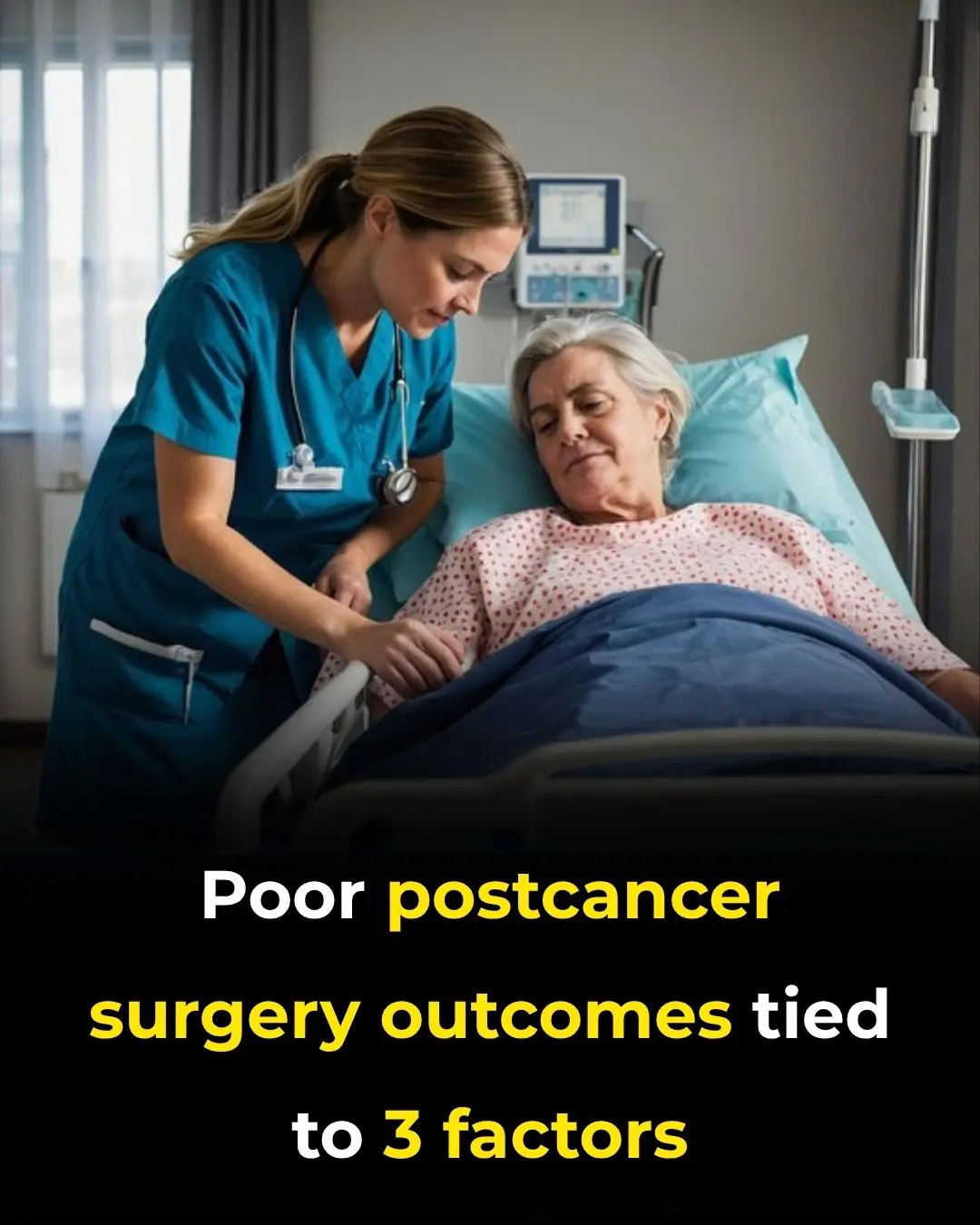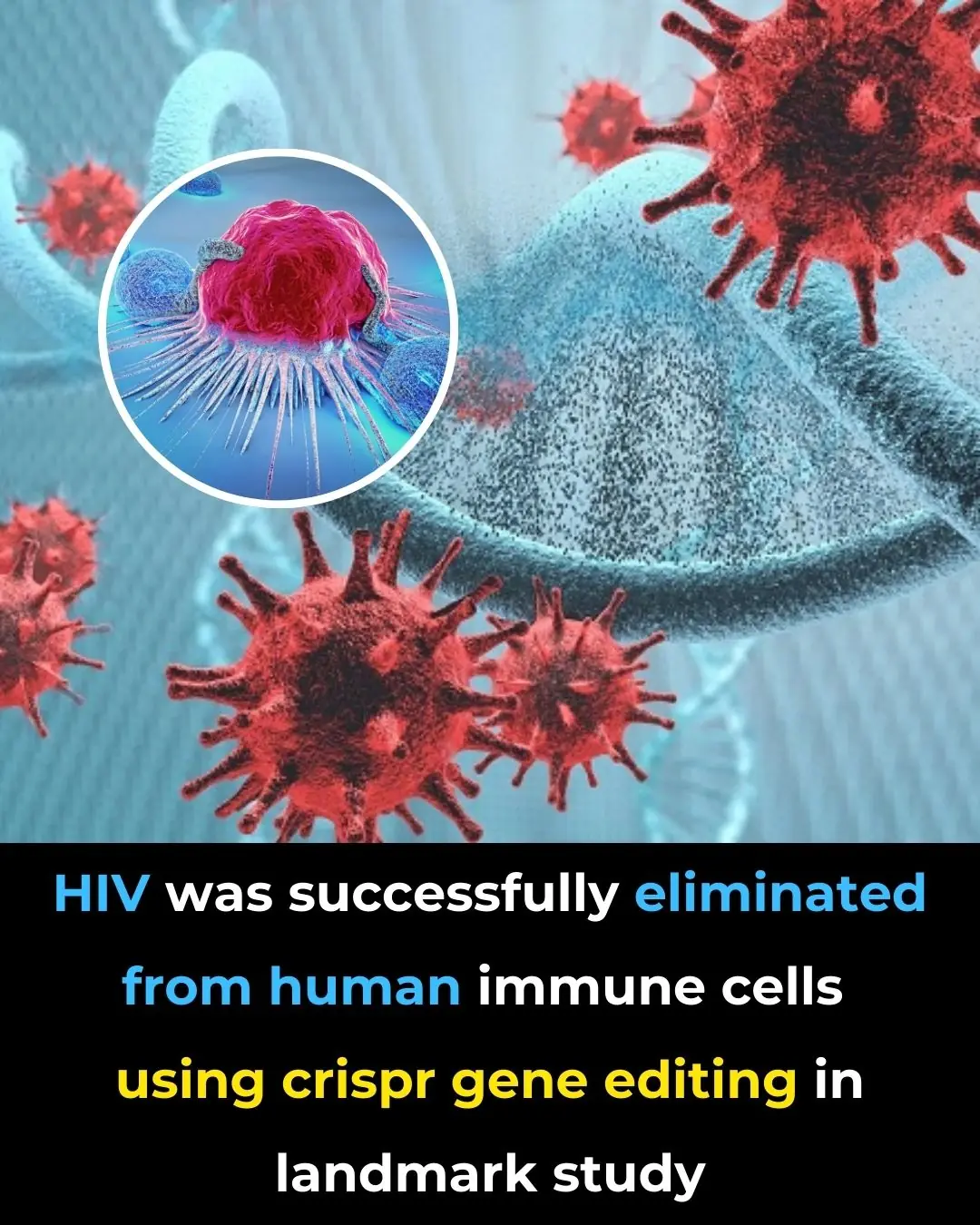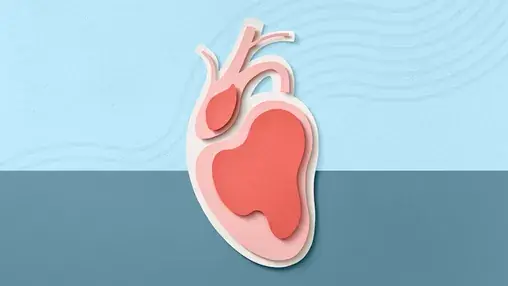
8 Early Warning Signs Of Ovarian Cancer You Shouldn’t Ignore
🌸 Ovarian Cancer: The Silent Killer – What Every Woman Should Know
Ovarian cancer has earned the nickname “The Silent Killer” because it often develops without noticeable symptoms until it reaches an advanced stage. Unlike some other cancers, its early signs are vague and easily mistaken for benign conditions, which makes timely diagnosis challenging. By the time it's detected, treatment options may be limited due to the cancer's progression.
🚨 Why Early Detection Matters
According to MedicineNet, only 20% of ovarian cancer cases are diagnosed early—when the disease is most treatable. The Ovarian Cancer National Alliance notes that out of 100 women with symptoms resembling ovarian cancer, only one is likely to have early-stage disease. That’s why awareness and proactive health monitoring are essential.
🧠 Balance Awareness with Rationality
It’s important not to panic. Many symptoms of ovarian cancer overlap with common, non-threatening conditions. However, ignoring persistent or unusual changes in your body can be dangerous. Fear of cancer often leads people to delay seeking help, but early action can make a significant difference.
🔍 8 Key Warning Signs of Ovarian Cancer
If any of these symptoms persist for more than two weeks, consult your doctor:
-
Abdominal bloating or swelling – Clothes may feel tighter around the waist.
-
Changes in bowel habits – Constipation or irregular movements.
-
Pelvic or abdominal pain – Persistent discomfort should not be ignored.
-
Lower back pain – Especially if it radiates to the pelvic area.
-
Frequent or urgent urination – Could be mistaken for a UTI or weak pelvic muscles.
-
Loss of appetite or early satiety – Feeling full quickly or unexplained weight loss.
-
Pain during intercourse – A symptom often overlooked or misattributed.
-
Fatigue – Chronic tiredness without a clear cause.
Even one symptom can be a red flag. Trust your instincts and seek medical advice if something feels off.
🧬 Types of Ovarian Cancer
-
Epithelial tumors (90% of cases): Originate in the outer layer of the ovaries.
-
Stromal tumors: Develop in the supportive tissue.
-
Germ cell tumors: Begin in egg-producing cells, more common in younger women.
⚠️ Risk Factors to Consider
Understanding your risk can help guide preventive care:
-
Age: Most cases occur in women over 50; half are diagnosed after age 60.
-
Family history: Breast, ovarian, or colon cancer in relatives increases risk.
-
Genetics: BRCA1 and BRCA2 mutations are linked to both breast and ovarian cancers.
-
Reproductive history: Early menstruation, late menopause, and never giving birth raise risk.
-
Hormonal factors: Postmenopausal hormone therapy and fertility treatments may contribute.
-
Lifestyle: Smoking, obesity, and PCOS are additional risk factors.
-
Contraceptives: Interestingly, oral contraceptives may reduce risk.
🧪 Diagnosis and Screening Challenges
Currently, there’s no reliable screening method for ovarian cancer. Doctors may use:
-
Pelvic exams
-
Transvaginal ultrasounds
-
Blood tests for markers like CA-125
But these are not foolproof. That’s why self-awareness and regular checkups are vital.
💡 Empower Yourself Through Knowledge
-
Learn to recognize subtle changes in your body.
-
Don’t dismiss persistent symptoms.
-
Advocate for yourself during medical visits.
-
Stay informed about your family’s medical history.
🌺 Additional Resources
Some symptoms of ovarian cancer overlap with other gynecological conditions, such as cervical cancer. For broader awareness, explore these related topics:
-
-
Ovary Pain and Lower Pelvic Pain – 13 Possible Causes
-
9 Reasons Not to Ignore Spotting Before Period
-
Uterine (Endometrial) Cancer – Symptoms, Risk Factors and Prevention
News in the same category


Clear Throat Mucus Fast With These Tried-and-Tested Remedies They Don’t Want You to Know

9 Warning Signs of Magnesium Deficiency You Shouldn't Ignore

Poor Postcancer Surgery Outcomes Tied to 3 Factors

Teamwork Boosts Primary Care Doc Job Satisfaction, Cuts Stress

HIV Was Successfully Eliminated from Human Immune Cells Using CRISPR Gene Editing in Landmark Study

Scientists Discover An “Off Switch” For Cholesterol—And It Could Save Millions Of Lives

How to Treat Urinary Tract Infection (UTI) Naturally According to Science

4 Common Causes of Body Pain on the Right Side

12 Subtle Vitamin D Deficiency Symptoms That Most People Ignore

What Your Heart Experiences When You Drink Energy Drinks

How to Eat Right for Your Blood Type

When to Worry About Veins That Appear Out of Nowhere

This is what sleeping on the left side does for our brain, stomach & glymphatic health
Sleeping position might be the last thing you think about before bed, but it can have a powerful impact on your health. Experts say that lying on your left side could improve digestion, support brain detox, ease back pain, and even enhance circulation.

Mother Rushes To Emergency Room To Deliver Triplets: Then Nurses Look Closer At Their Faces And Freeze

Doctor Reveals: MRI Scan Of The Face Of A 33-Year-Old Woman Reveals Where All Of Her Filler Went

Man Loses Pulse For 45 Minutes, Wakes Up, And Reveals This Spine-Chilling Vision Of Afterlife

Your Heart May Be Older Than You Are

6 Types of Pain You Shouldn’t Ignore
News Post

Get Rid of Throat Mucus Faster With These Home Treatments (Evidence Based)

Clear Throat Mucus Fast With These Tried-and-Tested Remedies They Don’t Want You to Know

9 Warning Signs of Magnesium Deficiency You Shouldn't Ignore

Poor Postcancer Surgery Outcomes Tied to 3 Factors

Teamwork Boosts Primary Care Doc Job Satisfaction, Cuts Stress

HIV Was Successfully Eliminated from Human Immune Cells Using CRISPR Gene Editing in Landmark Study

Scientists Discover An “Off Switch” For Cholesterol—And It Could Save Millions Of Lives

How to Treat Urinary Tract Infection (UTI) Naturally According to Science

4 Common Causes of Body Pain on the Right Side

The Truth About Eating the Black Vein in Shrimp Tails

12 Subtle Vitamin D Deficiency Symptoms That Most People Ignore

What Your Heart Experiences When You Drink Energy Drinks

How to Eat Right for Your Blood Type

Eyes Full of Hope, Heart Full of Trust.

When to Worry About Veins That Appear Out of Nowhere

This is what sleeping on the left side does for our brain, stomach & glymphatic health
Sleeping position might be the last thing you think about before bed, but it can have a powerful impact on your health. Experts say that lying on your left side could improve digestion, support brain detox, ease back pain, and even enhance circulation.

I Haven’t Seen My Daughter in 13 Years — Then a Letter Arrived from a Grandson I Never Knew

This is why you should keep the bathroom light on when sleeping in a hotel
Leaving your hotel bathroom light on at night might seem unnecessary, but it could be a small habit that makes a big difference for your comfort and safety. From preventing nighttime accidents to deterring intruders, experts say this simple tip can protec

Wife Left Husband to Raise Their Baby Alone — 20 Years Later, She Reached Out to Their Daughter
